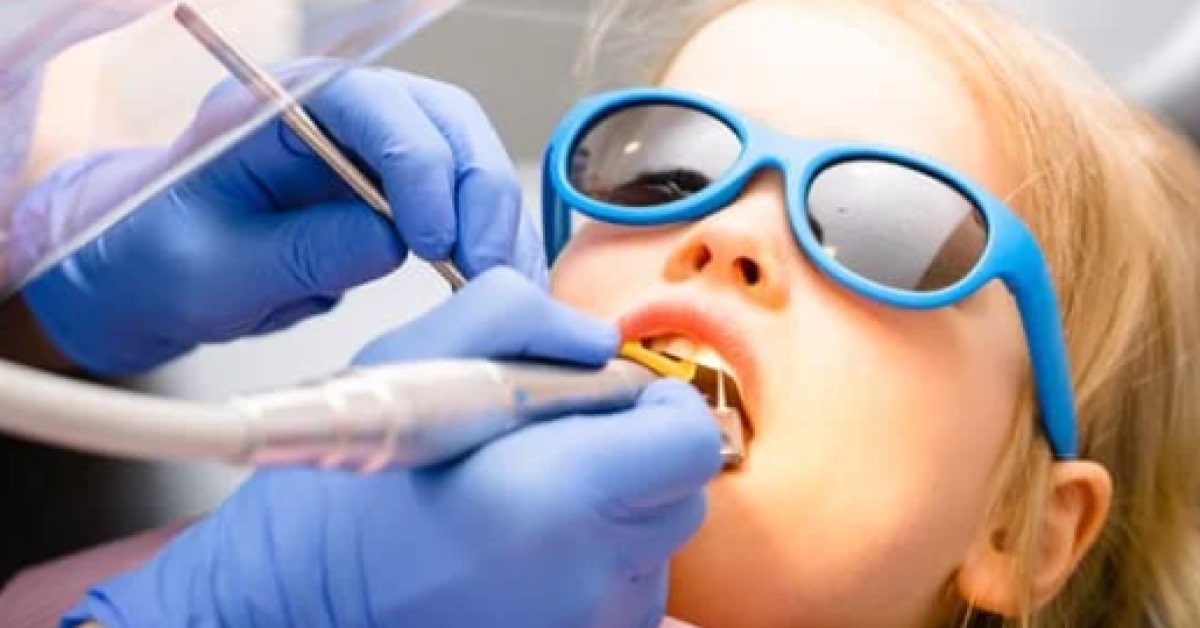Blog
March 16, 2020 • 5 min readTongue Size Can Help Indicate Risk of Obstructive Sleep Apnea
Weight loss can be motivated by reducing tongue size, which can indicate the risk of obstructive sleep apnea, according to new studies.
Author

Joe Magness, DDS
Devdent CEO

In this Article
When you think of weight loss, it’s typically in terms of reducing pant size or improving general health and stamina. But, new studies are uncovering an unconventional motivation to lose weight: reducing your tongue size. Dr. Richard Schwab from the Perelman School of Medicine at the University of Pennsylvania has completed two studies showing that tongue size can help indicate the risk of obstructive sleep apnea.
Obstructive sleep apnea is only one of the many types of sleep apnea. It occurs when the airway becomes obstructed or blocked during sleep. This can be due to the airway muscles relaxing, jaw position, or due to an enlarged tongue, tonsils, or adenoids. No matter the cause, sleep apnea is a serious problem that can lead to serious health outcomes.
Tongue Size Associated with Sleep Apnea
Dr. Schwab’s first study, in 2014, compares 90 obese adults with sleep apnea to 90 obese adults without sleep apnea. Those with sleep apnea have a notably higher percentage of tongue fat and larger tongues than the participants without it. It is the first study to find an association between tongue size and sleep apnea.
Why is this a problem?
The people with sleep apnea and more tongue fat had it concentrated at the base of their tongue. This creates a greater risk that when lying down the airway will become obstructed. Also, a larger tongue means your oral muscles have to work harder to position the tongue away from your airway during sleep. Furthermore, even the President of the American Academy of Sleep Medicine (AASM), Dr. Timothy Morgenthaler, goes on record to say, “Tongue size is one of the physical features that should be evaluated by a physician when screening obese patients to determine their risk for obstructive sleep apnea.”
Weight Loss for Sleep Apnea
The second study performed by Dr. Schwab and his team involves 67 participants with mild to severe obstructive sleep apnea and obesity. At the start of the study, MRI scans were taken of their abdomen and the mouth and airway region. Then, the participants went on to lose about 10% of their body weight over six months and returned for follow up MRI scans of the same areas. The scientists measured their weight loss, the decrease in volume of their upper airway structures, and changes in their sleep apnea scores. On average, the participants’ sleep apnea scores improved by 31%.
Tongue fat loss was found to have the biggest connection between weight loss and improved sleep apnea.
What Should You Do About Tongue Size and Sleep Apnea?
If you experience symptoms of sleep apnea, talk to a healthcare professional immediately. There are many different therapies, lifestyle changes, and a variety of appliances to treat it. If you’re concerned about being told to use a CPAP machine, don’t let that hold you back from diagnosis and exploring other treatments. Something as simple as talking to your dentist, getting a home sleep test, and getting fitted for an oral appliance that helps hold your tongue, jaw, and airway in a better position for breathing could change your health and your life.



